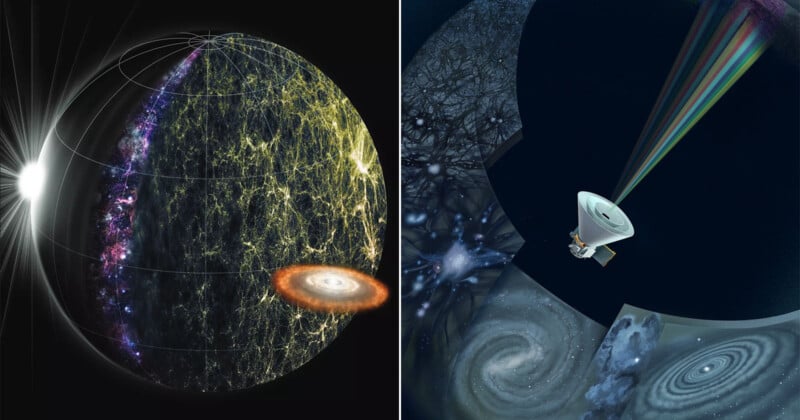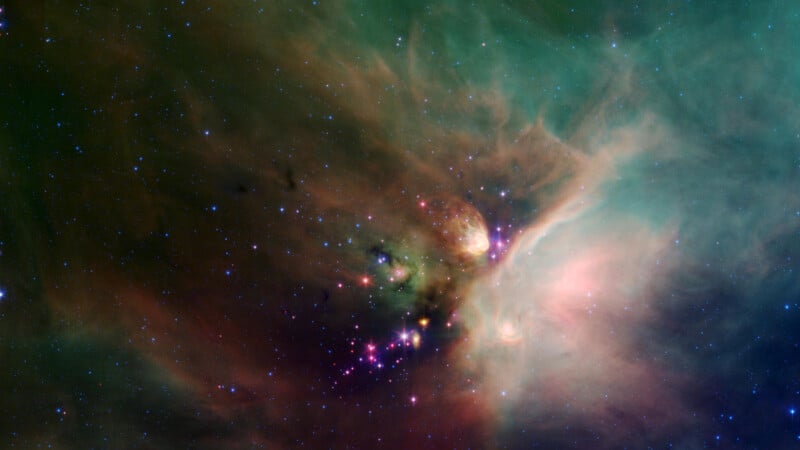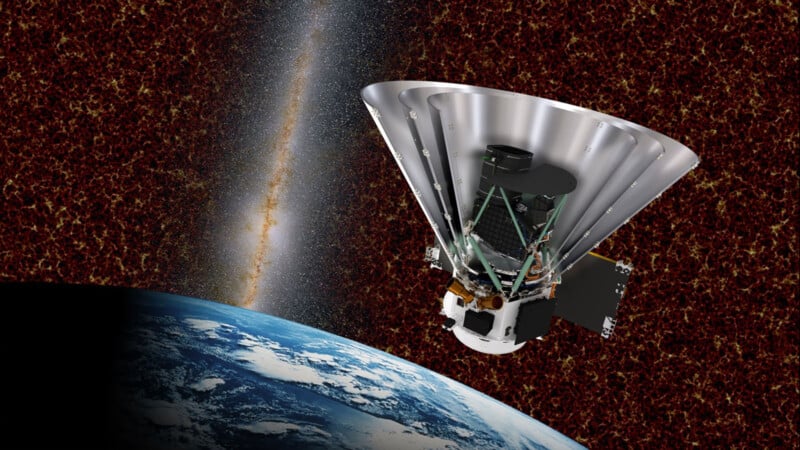NASA’s SPHEREx to Capture First All-Sky Spectral Survey and Explore Universe’s Origins

The megaphone-shaped SPHEREx space observatory may launch into space next month, ushering in a new era of cosmic exploration. These are the key things to know about SPHEREx and how it works.
SPHEREx, short for Spectro-Photometer for the History of the Universe, Epoch of Reionization and Ices Explorer (what a mouthful) will map the entire celestial sky in 102 infrared colors, per NASA. The data it collects will shed light on the origins of the Universe, the ingredients to life found in the Milky Way galaxy, and much more.
![]()
Among SPHEREx’s key mission objectives is studying inflation. “In the first billionth of a trillionth of a trillionth of a second after the big bang, the Universe increased in size by a trillion-trillionfold.” Scientists call this “inflation,” and it is best understood by studying its effects nearly 14 billion years later. By mapping the distribution of more than 450 million galaxies throughout the cosmos, including some more than 10 billion light-years away, scientists hope to understand the physics behind inflation. It is possible to work backward, provided scientists understand all the necessary context.
A significant component of gaining this understanding is light. Scientists have historically tried to estimate the total light output of all galaxies through cosmic history by observing individual galaxies and then extrapolating from there. However, SPHEREx is trying something different. The space telescope will measure the total glow from all galaxies, including those that are too small, faint, diffuse, or distant to observe using other telescopes. By looking at all existing data, and acquiring a lot more new data, scientists hope to get the most complete picture yet of all the sources of light in the Universe.
![]()
Since SPHEREx can see across a wide range of wavelengths, it can find the molecules essential to life, like water and carbon dioxide, in the frozen interstellar gas and dust.
“The mission will pinpoint the location and abundance of these icy compounds in our galaxy, giving researchers a better sense of their availability in the raw materials for newly forming planets,” NASA explains.

SPHEREx can also help locate areas where other telescopes, like the James Webb Space Telescope, should look. SPHEREx cannot do everything — it is part of a growing family of telescopes that must work together to study cosmic objects across diverse wavelengths of light. SPHEREx will survey the entire sky every six months using 96 different color bands, “far exceeding the color resolution of previous all-sky maps.”
Since it sees infrared light, SPHEREx will be very good at studying stars and galaxies. Through spectroscopy, a technique by which light is split into its individual color components, like a prism, SPHEREx can accurately measure the distance and composition of an object. With distance information, scientists will be able to create new 3D maps of the Universe — key to figuring out how everything got to its current location following the big bang.
Beyond having groundbreaking new imaging technology, SPHEREx also has an interesting shape. The cone-shaped space telescope relies entirely on passive cooling, meaning no electricity or coolants are used to keep SPHEREx cold enough. The infrared telescope and detectors require ambient temperatures of around -350 degrees Fahrenheit (-210 degrees Celsius) to operate. To ensure the detectors aren’t warmed up by heat from the Earth and Sun, they are covered by three cone-shaped “photon shields,” giving SPHEREx its trademark outline.

SPHEREx is scheduled to launch aboard a Falcon 9 Block 5 rocket from Vandenberg Space Force Base in California on February 27, 2025. James Bock of the California Institute of Technology is the mission’s principal investigator, and the mission is expected to last 25 months.
Image credits: NASA/JPL-Caltech.